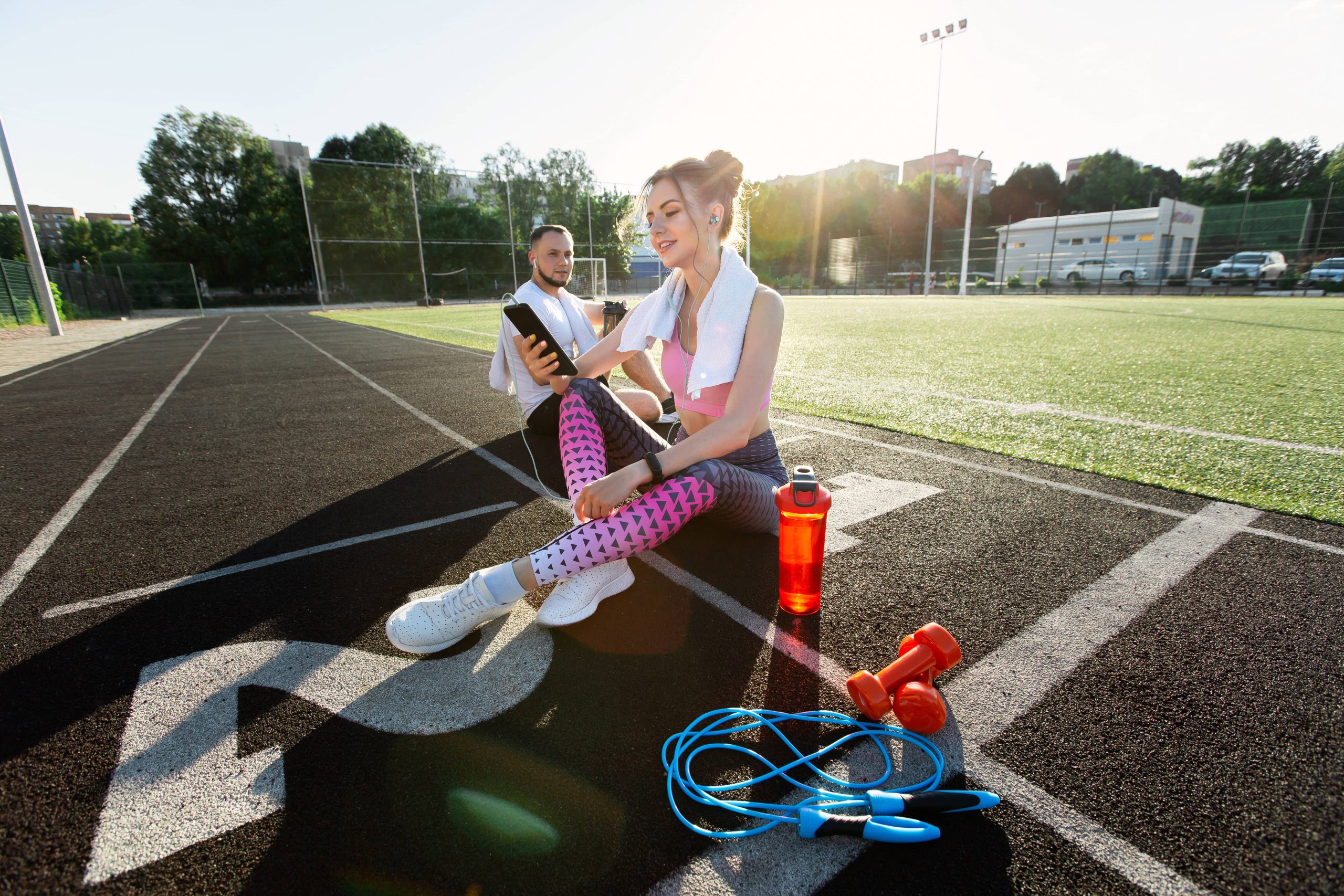
Experiencing low-back and knee pain can be incredibly frustrating, especially for those who lead active lifestyles or enjoy engaging in sports. Pain in these areas often restricts movement, diminishes strength, and can deter individuals from enjoying physical activities they love. Fortunately, regular exercise can play a significant role in reducing discomfort, improving mobility, and enhancing overall quality of life. By focusing on exercises that strengthen the relevant muscle groups and improve flexibility, you can alleviate these common issues. Below are six effective exercises to help relieve both low-back and knee pain.
1. Bridging
Bridging is a simple yet effective exercise that strengthens the gluteal muscles, hamstrings, and lower back, providing essential support to the lower back area.
How to Perform:
1. Lie on your back with your knees bent and feet flat on the floor, hip-width apart.
2. Keep your arms at your sides with palms facing down.
3. Press your feet into the floor, take a deep breath in, and lift your hips toward the ceiling, squeezing your glutes as you rise.
4. At the top of the bridge, your body should form a straight line from your shoulders to your knees.
5. Hold the position for a few seconds, then slowly lower back down to the starting position.
Repetitions: Perform 10-15 repetitions for 2-3 sets.
Benefits: Bridging exercises target the posterior chain, which includes the glutes, hamstrings, and lower back. Strengthening these areas can help stabilize the hips and relieve tension in the lower back.
2. Cat-Cow Stretch
The Cat-Cow stretch is a gentle, flowing exercise that increases flexibility and relieves tension in the spine. It is particularly beneficial for individuals experiencing low-back discomfort.
How to Perform:
1. Start on your hands and knees in a tabletop position. Ensure your wrists are aligned under your shoulders and your knees under your hips.
2. As you inhale, arch your back, dropping your belly toward the ground and lifting your head and tailbone toward the sky (Cow Position).
3. On your exhale, round your spine toward the ceiling, tucking your chin toward your chest and pulling your belly in (Cat Position).
4. Move smoothly between these positions in coordination with your breath.
Repetitions: Repeat for 10-15 cycles.
Benefits: This stretch promotes flexibility in the spine and can help alleviate discomfort by decompressing the vertebrae. It also encourages better posture and can reduce the risk of future back pain.
3. Wall Sits
Wall sits are an excellent isometric exercise that increases strength and endurance in the quadriceps, glutes, and calves, offering support to the knee joint.
How to Perform:
1. Stand with your back against a wall with your feet shoulder-width apart and about two feet from the wall.
2. Slowly slide down the wall with your back flat until your thighs are parallel to the floor, as if sitting in an invisible chair.
3. Ensure your knees are directly above your ankles, not beyond your toes.
4. Hold the position for 20-60 seconds depending on your level of strength and endurance.
Repetitions: Perform 3-5 sets.
Benefits: Wall sits engage the muscles that support the knee, helping to stabilize the joint and alleviate pain. By building muscle endurance, individuals can also protect their knees during more dynamic activities.
4. Supine Hamstring Stretch
Tight hamstrings can contribute to back and knee pain. Stretching them regularly can lead to improved flexibility and reduced discomfort in the lower regions.
How to Perform:
1. Lie flat on your back, extending one leg on the floor.
2. Lift the opposite leg in the air, keeping it straight.
3. Use a towel or yoga strap looped around the ball of the lifted foot; gently pull the leg toward you while keeping it straight.
4. Hold the stretch for 20-30 seconds, then switch legs.
Repetitions: Perform 2-3 stretches per leg.
Benefits: The supine hamstring stretch helps lengthen the muscles in the back of the thigh, which can reduce tension on the lower back and knees.
5. Clamshells
Clamshell exercises target the hip abductors, particularly the gluteus medius. Strengthening these muscles helps in stabilizing the pelvis and reducing stress on the knees and lower back.
How to Perform:
1. Lie on your side with your legs stacked and knees bent at a 45-degree angle.
2. Rest your head on your bottom arm and use your top hand to stabilize yourself.
3. Keeping your feet together, lift your top knee as high as you can without rotating your hip or pelvis.
4. Pause, then lower your knee back to the starting position.
Repetitions: Perform 15-20 repetitions for 2-3 sets on each side.
Benefits: Clamshells enhance the strength and control of hip muscles, providing better alignment during movement and helping to alleviate knee stress and lower back discomfort.
6. Pelvic Tilts
Pelvic tilts are a gentle exercise that strengthens the abdominal muscles and improves the flexibility of the lower back, offering relief from back pain.
How to Perform:
1. Lie on your back with your knees bent, feet flat on the floor, and arms at your sides.
2. Tighten your abdominal muscles and press your low back into the floor by tilting your pelvis toward your head.
3. Hold this position for a few seconds before releasing.
Repetitions: Perform 10-15 repetitions for 2-3 sets.
Benefits: Pelvic tilts enhance the strength of the core muscles that support the spine and can help reduce tension in the lower back area.
Conclusion
Low-back and knee pain can significantly impact your daily life and athletic performance. However, by incorporating these strengthening and stretching exercises into your routine, you can alleviate pain, improve flexibility, and enhance your overall health. Always remember to perform these exercises with awareness of your body’s limits and consult with a healthcare professional if you have any concerns or existing medical conditions. Through consistent practice, you’ll likely find yourself moving more freely and enjoying your favorite sports with less discomfort.











